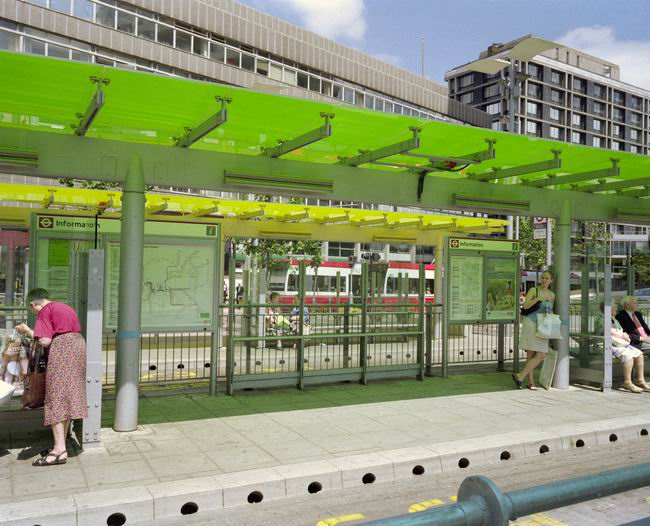At least two more stories about police targeting photographers in the London area have hit the papers in the last couple of days.
Artist Reuben Powell (story in the Independent, 6 Jan) was photographing the former HMSO print works in Amelia Street SE17, just south of the Elephant, off the Walworth Road, empty since 2000 and being converted into flats as part of a new Printworks development of over 160 flats. A police car screeched to a halt next to him and an officer jumped out, ran over and asked him what he was doing. When Powell told him he was taking photographs the officer said he was going to search him under Section 44 of the Terrorism Act 2000.
It is hard if not impossible to see how this search complies with the law, which makes it clear that officers may not carry out such a search unless they suspect criminal or terrorist intent. There do have to be reasonable grounds for suspicion, and they seem totally absent in this case.
In the search, police found a knife that Powell uses to sharpen his drawing pencils, and he was handcuffed, had a DNA sample taken and spent five hours in police custody, only finally being released after the local MP intervened on his behalf.
The Mail Online has the story of another MP Andrew Pelling, Tory member for Central Croydon, who was stopped and searched while taking pictures of a neglected cycle path in his constituency. Police give as the excuse for this search that he “was taking pictures in the vicinity of a major transport hub.”
By this they don’t mean the cycle path, but the nearby East Croydon Station, together with its tram stops. In the current climate I expect police to knock on my front door in the middle of the night for naming it (and I note the Mail don’t!)

A major transport hub in East Croydon.
More pictures of the vital strategic Croydon Tramway Line 1 taken by me (without being arrested) in 2001.
I’m all for the police being vigilant against possible terrorist attacks, but this is no excuse for paranoia, and we need to see evidence that senior officers are giving sensible advice (and the occasional warning) to the loonier members of the police force. Unfortunately the opposite appears to be true, with such behaviour being encouraged by the kind of anti-photographer campaigns the police have organised.
What should be required reading for all police is the article written last June by security expert Bruce Schneier, The War on Photography. As he makes clear, the fear of photography isn’t related to real terrorism, but is the stuff of movies, a Movie Plot Threat.
And the real danger is this. If a huge proportion of police time and public money is taken up with dealing with movie-plot threats, although it may make the police feel good (and even keep some of the public happy) the chances are much higher that the real thing will go ahead unnoticed.